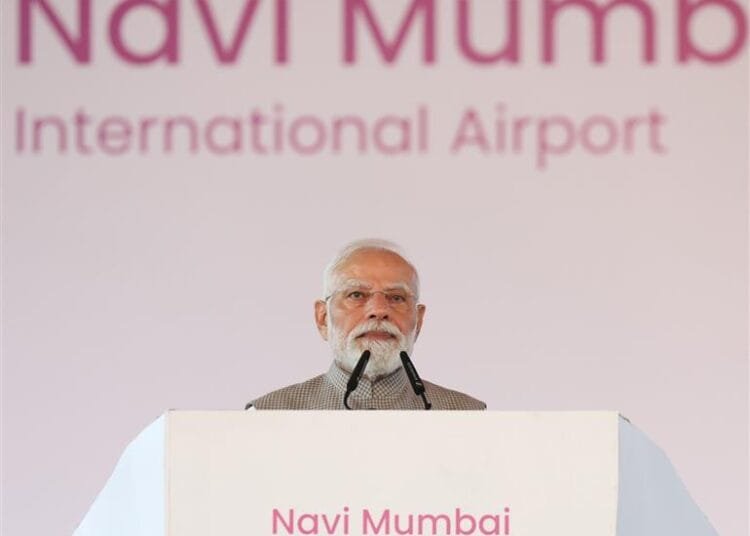Ministry lists 667 proposed treatment and plantation models for ‘Green India’
Detailed Project Reports (DPRs), with Rs.19,342.62 crore budget outlay, have been released, listing 667 proposed treatment and plantation models for rejuvenation of 13 major rivers.
These models include 283 treatment models have been proposed for the natural landscapes, 97 treatments models in Agriculture Landscapes and 116 different treatment models in Urban Landscapes, Ministry of Environment, Forest and Climate Change said on 14 Mar 2022.
Site specific treatments in terms of soil & moisture conservation and plantations of grasses, herbs, forestry and horticultural trees have been proposed for treatment of prioritized sites in the riverscape supported by GIS technique based on consultations with various stakeholders.
Throughout this exercise Nodal officers from respective State Forest Departments were associated to coordinate with other line departments.
The 13 rivers with approved DPRs are Jhelum, Chenab, Ravi, Beas, Sutlej, Yamuna, Brahmaputra, Luni, Narmada, Godavari, Mahanadi, Krishna, and Cauvery.
The DPRs were funded by National Afforestation & Eco-development Board, (MoEF&CC) and prepared by Indian Council of Forestry Research & Education(ICFRE), Dehradu
Growing water crisis on account of depleting fresh water resources especially due to shrinking and degradation of river ecosystems is a major impediment to achieving national goals pertaining to environment, conservation, climate change and sustainable development.
The 13 rivers collectively cover a total basin area of 1,890,110 sq km that represents 57.45% of the geographical area of the country. The length of 13 rivers including 202 tributaries within the delineated riverscapes is 42,830 km.
Environment Minister Bhupender Yadav and Jal Shakti Minister Gajendra Singh Shekhawat jointly released the DPRs.
The projects will alleviate the growing water stress and help achieve national goals related to climate change and sustainable development.
Shekhawat added, “Through holistic planning, we can head towards giving a better resource base to the future through integrative management and combined efforts of all.”
The rivers along with their tributaries are proposed for forestry interventions in the riverscape under different landscapes namely natural landscape, agricultural landscape and urban landscape.
The different models of forestry plantations including timber species, medicinal plants, grasses, shrubs and fuel fodder and fruit trees are aimed to augment water, ground water recharge and contain erosion.
Each DPR incorporates detailed geospatial analysis of the delineated Riverscape, exhaustive review on the river environment, factors responsible for the current state and prioritization of areas using remote sensing and GIS techniques along with field verification for proposed forestry interventions and other conservation measures through an extensive consultative process and designing and development of various treatment models for Natural, Agriculture and Urban landscape in each of the delineated riverscape.
Each DPR consists of Vol. I, II and summary of the DPR in the form of an Overview. Additionally, an Overview as summary of all 13 DPRs is also prepared as abridged document.
The DPRs focus on protection, afforestation, catchment treatment, ecological restoration, moisture conservation, livelihood improvement, income generation, ecotourism by developing river fronts, eco-parks and bringing awareness amongst the masses. Research and monitoring have also been included as a component.
The DPRs are expected to be executed through the State Forest Departments as nodal department and with convergence of schemes of other line departments in the states towards the activities proposed in the DPRs and funding support from the Government of India.
For ease of implementation by the frontline staff, an Execution Manual in Hindi and Local Languages shall be prepared by the State Forest Departments.
Technical support shall be provided by ICFRE. The treatments are proposed to be spread over a period of five years with a provision for additional time for maintenance of plantations.
In case of delay in initiation of the project, the proposed outlay of the DPRs shall be adjusted using the Wholesale Price Index (WPI) since the project outlay was worked out as per costs prevailing during 2019-20.
During execution, “Ridge to Valley approach” shall be followed and soil & moisture conservation works would precede the plantation operations.
Flexibility has been provided in change of species and sites in case the circumstances at the time of implementation so demand.
Steering and Executive Committees at the National Level and State level have also been proposed in the DPRs.
The activities proposed in the DPRs shall help achieve potential benefits of increasing the green cover, contain soil erosion, recharge water table and sequester carbon dioxide in addition to benefits in the form of non-timber forest produce. Forestry interventions are expected to increase the cumulative forest cover by 7,417.36 km2 across 13 riverscapes.
The proposed interventions would help to sequester 50.21 million tons CO2 equivalent in 10-year-old plantations and 74.76 million tons CO2 equivalent in 20-year-old plantations.
The proposed interventions in 13 riverscapes would help in ground water recharge to the extent of 1,889.89 million m3 year-1, and reduction in sedimentation to the tune of 64,83,114 m3 year-1.
In addition, Rs.449.01 crore is likely to be generated from expected non-timber and other forest produce. It is also expected that the employment of 344 million man-days shall be generated through planned activities as provisioned in 13 DPRs.
These efforts will play an important role achieving the international commitments of India such as NDC forestry sector goal of creation of additional carbon sink of 2.5 -3 billion tons of CO2 equivalent through additional forest and tree cover by 2030 under the Paris Agreement of UNFCCC, restoration of 26 million hectare of degraded lands by 2030 as a land degradation neutrality target under UNCCD, halt the biodiversity loss by 2030 under CBD and Sustainable Development Goals.
It will strengthen the country’s progress towards Panchamrit commitment at CoP-26 during November 2021 in Glasgow whereby India promised to reduce its projected carbon emission by one billion tonnes by 2030, meet 50% of energy requirements with renewable energy by 2030, enhance non-fossil energy capacity to 500 gigawatt by 2030, reduce the carbon intensity of its economy by 45% by 2030 and achieve net zero emission by 2070.
Timely and effective implementation of the proposed forestry interventions as envisaged in DPRs of 13 major Indian Rivers is expected to significantly contribute towards improvement of terrestrial and aquatic biota, and livelihoods besides rejuvenation of the rivers in terms of Aviral Dhara, Nirmal Dhara besides Swachchh Kinara.
Yadav said that these DPRs will create a target of green cover expansion for upcoming 10 years and 20 years for a ‘Green India’. fiinews.com










